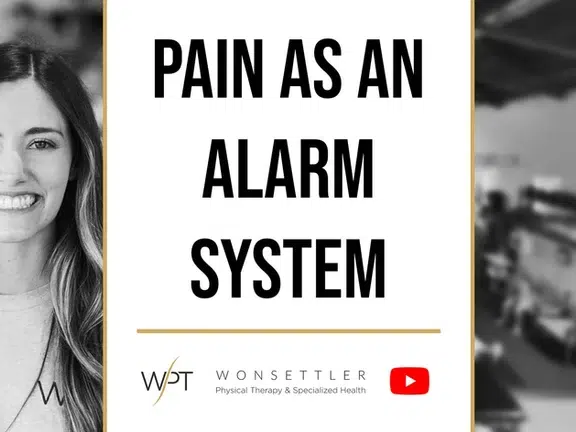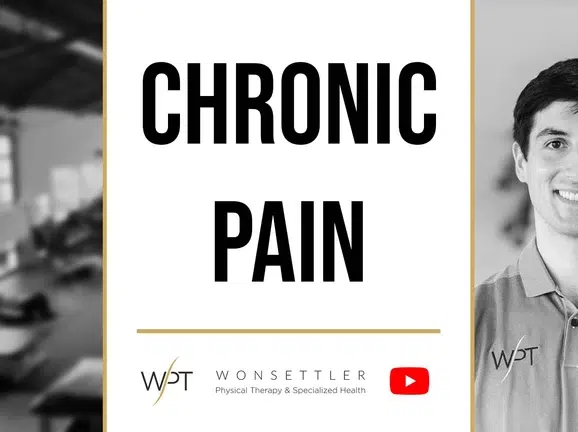If you are experiencing musculoskeletal issues, then it is pretty commonplace that you may have undergone imaging of the area you are having trouble with. Oftentimes, when patients are seen by a physician to first investigate musculoskeletal type pain they will then be referred for imaging of the region including x-ray, MRI, and CT imaging. The results of these types of tests can many times feel very scary or provoke feelings of anxiousness. However, the good news is changes in imaging do not always mean this is the direct cause of your pain or that you are broken! This concept may be a new one for many of you as we traditionally heavily rely on this type of imaging to give as answers as to why we are experiencing discomfort. Through reading this blog, my hope is to imaging findings for all our readers!
So, you may have recently undergone an MRI or x-ray of your spine, knee, hip or shoulder — the next step is typically receiving the results of this imaging. The findings read ‘degenerative disc disease’ or ‘partial rotator cuff tear’ or ‘joint degeneration’. This verbiage can be very frightening and worrisome for many individuals, we begin to think there is something wrong or damage without our bodies. The good news is, these findings are normal as we get into the 3rd, 4th, 5th, 6th decades of life and beyond! As we age, findings on pictures we take on the inside of our bodies often reflect normal age-related changes. Just as we begin to develop wrinkles on the skin and gray hair as we age, we also develop wrinkles on the inside! Do wrinkles or gray hair cause us pain? Of course not! These ‘degenerative changes’ should be reconceptualized as ‘wrinkles on the inside’. Don’t believe me yet? Let’s talk about some statistics.
Studies show that 50% of people aged 65+ who have NEVER experienced shoulder pain or issues demonstrate partial rotator cuff tears or tendinosis on imaging 1
37% of individuals aged 20 y/o with no pain demonstrate degenerative spine changes 2
84% of asymptomatic individuals at 80- y.o. demonstrate disc bulges on imaging2
As you can see the above listed studies are performed on individuals without any pain or issues with movement, however they still demonstrate changes upon imaging. These changes mentioned previously are normal and can be reimagined as wrinkles on the inside!
References:
Gill TK, Shanahan EM, Allison D, Alcorn D, Hill CL Int J Rheum Dis. 2014 Nov;17(8):863-71. Prevalence of abnormalities on shoulder MRI in symptomatic and asymptomatic older adults. Int J Rheum Dis. 2014 Nov;17(8):863-71
Brinjikji W, Luetmer PH, Comstock B, Bresnahan BW, Chen LE, Deyo RA, Halabi S, Turner JA, Avins AL, James K, Wald JT, Kallmes DF, Jarvik JG. Systematic literature review of imaging features of spinal degeneration in asymptomatic populations. AJNR Am J Neuroradiol. 2015 Apr;36(4):811-6. doi: 10.3174/ajnr.A4173. Epub 2014 Nov 27. PMID: 25430861; PMCID: PMC4464797.













